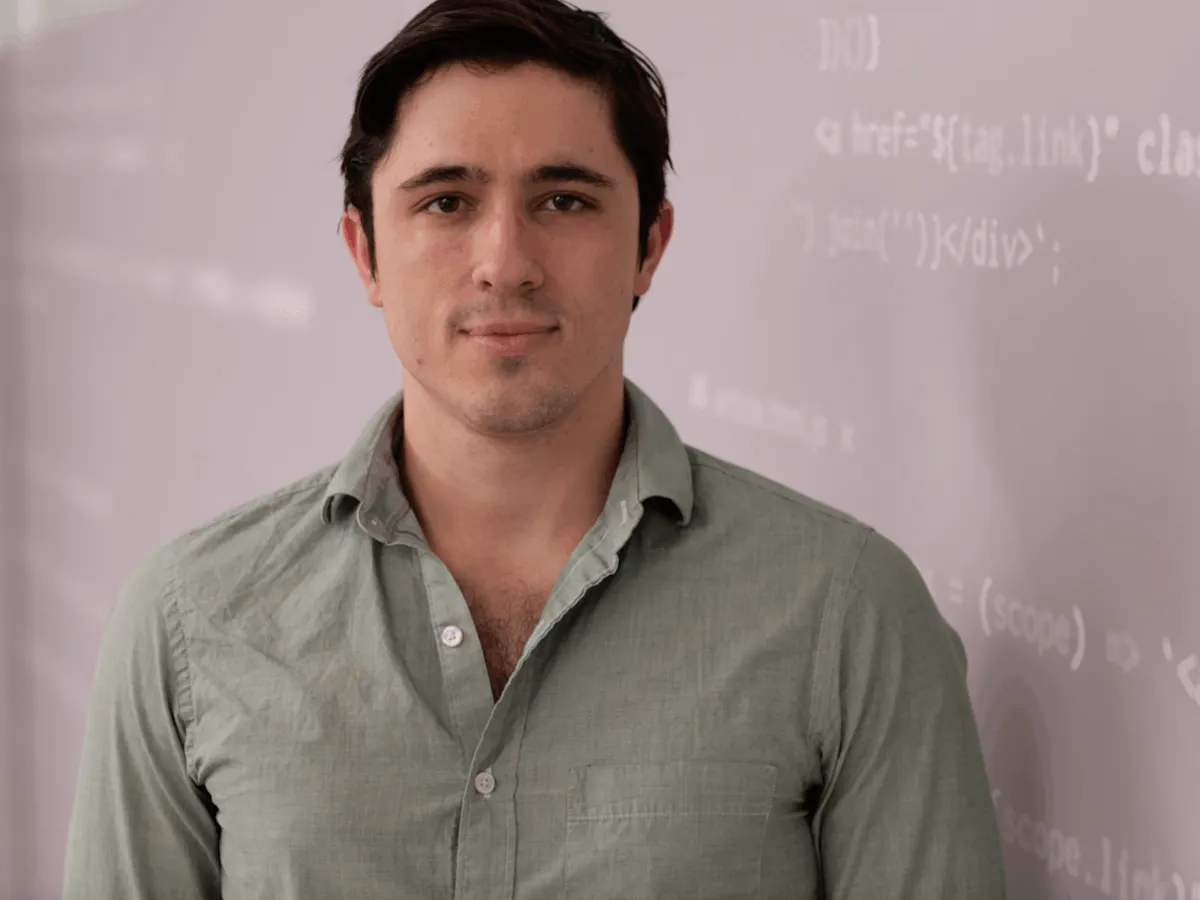Fill out the form to get more information about the Fullstack Academy bootcamp of your choice.
05.07.2025
How to become a Software Developer Without Quitting Your Job
By Emily Gregor

This blog post was updated in December 2022.
It’s safe to say that finding a fulfilling career path can be challenging.
With a job market full of emerging technology and new ideas, even if you think you have a clear idea of what you want to study, sometimes your interests change or unexpected opportunities arise by the time you graduate.
Meta® full-stack engineer and Fullstack Academy alum Nicholas Melhado found himself in that exact situation after graduating with an economics degree.
“I went to school for economics and realized I didn’t like [it], so I went into architecture and fell in love with rendering,” he says.
He spent a few years working for a home builder in New York, but as the company shifted its focus, he got an offer to build out a small web app for a bookstore—which led to the most significant pivot in his career.
“I loved it, but I also had no idea what I was really doing," explained Melhado. "A lot of Google, a lot of messing up, and a lot of stumbling, and I realized this was really something I did want to focus on. I asked around, did some research, and ultimately landed on Fullstack Academy because I thought it would give me the best education and prepare me for a career in software engineering.”
Wanting to learn how to become a software developer, he enrolled in Fullstack Academy’s Part-Time Flex Immersive program, finding value in keeping his job and applying the skills he learned in the classroom to his day-to-day work.
“Had I tried to pivot without Fullstack Academy, I don’t know how long I would’ve stayed hired at that company,” he says.
In addition to looking for a program that would provide him with a high-quality education, he also considered efficiency, especially since he was becoming a parent during his bootcamp experience (he welcomed a newborn with his wife on graduation day).
Fullstack Academy’s accelerated option would help him reach his goal in as little as six months while avoiding the high costs of traditional graduate education (the average cost of a master’s degree is $30,000 to $120,000).
“Fullstack Academy does a really good job of giving a really accurate picture of what you’re going to be doing as an engineer,” he says. “There are a lot of skills you need to learn about how to work with other engineers.”
To learn more about Fullstack’s Flex Immersive program, get an idea for how the program works and get to know another alum.


